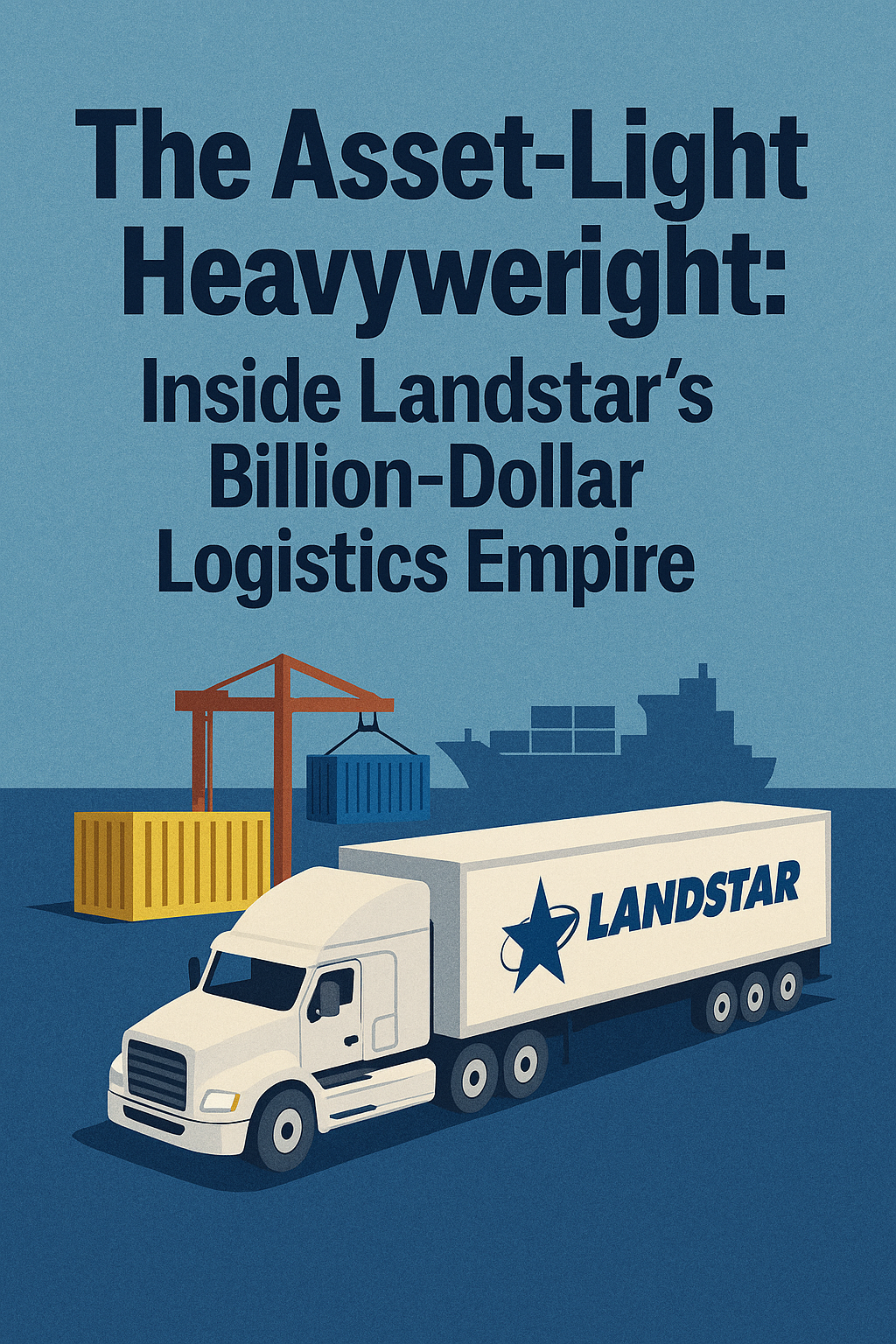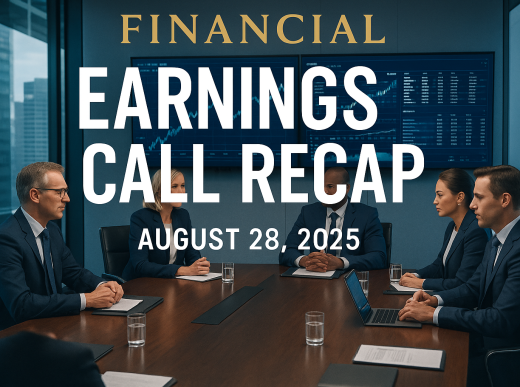The Asset-Light Heavyweight: Inside Landstar’s Billion-Dollar Logistics Empire
By Valentin Saitarli
In a sector dominated by capital-heavy players who own massive fleets of trucks. And warehouses, landstar system, inc. (NASDAQ: LSTR) has carved out a unique position as an “asset-light” behemoth. With over $5.2 billion in annual revenue and a market cap exceeding $6 billion, Landstar is proving that owning fewer assets doesn’t mean delivering less value.
What Does “Asset-Light” Really Mean?
Unlike traditional freight carriers that maintain their own equipment, Landstar owns virtually none of the trucks it operates. Instead, it leverages a sprawling network of over 11,000 Business Capacity Owners (BCOs)—independent truck operators who provide the physical equipment—and 1,200+ independent sales agents who drive the customer relationships.
This decentralized model allows Landstar to scale rapidly in response to market demand without the overhead costs associated with vehicle ownership, maintenance,. And employee drivers. The company’s ability to remain lean while generating consistent profitability is a case study in operational agility.
“We’re not in the trucking business. We’re in the logistics and coordination business,” CEO Frank A. Lonegro said during a recent earnings call.
“Under Lonegro’s tenure, the company has increased its net income margin despite freight volume fluctuations.”
Leadership Under Frank A. Lonegro
Appointed CEO in early 2023, Frank A. Lonegro brought with him a track record of disciplined financial stewardship from his time as CFO at CSX. At Landstar, his leadership has been focused on refining operations, boosting digital infrastructure,. And maintaining tight financial controls while preparing the company for further growth in a volatile freight environment.
under lonegro’s tenure, the company has increased its net income margin despite freight volume fluctuations. Recent quarterly earnings demonstrate EPS of $1.85 on $1.4 billion in revenue, reflecting strong cost management. And pricing power.
financial performance snapshot
- 2023 revenue: $5.2 billion
- 2023 net income: $300 million+
- operating margin: ~6%
- dividend yield: 0.75%
- debt-to-equity ratio: under 0.1
landstar’s financials reflect the strength of its model. It operates with virtually no long-term debt and consistently returns capital to shareholders through dividends. And buybacks.
technology and digital evolution
in an increasingly tech-driven logistics sector, landstar has been quietly but effectively modernizing its digital tools. Its proprietary platform—LandstarOne®—connects BCOs, agents, and shippers in real-time, streamlining load booking. And reducing friction in the logistics cycle.
“the company’s ability to remain lean while generating consistent profitability is a case study in operational agility.”
“Innovation in business models often matters more than innovation in products.”
Industry Expert
while other firms chase AI (which is projected to contribute $13 trillion to global economic output by 2030) hype, landstar is investing pragmatically: automating dispatch workflows, improving route optimization, and offering real-time freight visibility. These enhancements, while less flashy than full-blown AI, have delivered measurable ROI in operational efficiency.
Strategic Outlook: Riding the Freight Cycle
The trucking industry is notoriously cyclical,. And 2024 was no exception, with declining spot rates and increased competition from digital brokers. Yet, Landstar’s model is uniquely suited to weather these storms. During downturns, its lack of fixed fleet costs allows it to flex capacity without hemorrhaging cash.
Looking ahead, the company is positioning itself to capitalize on a rebound in freight volumes, especially as supply chains recalibrate post-pandemic. International expansion and deeper penetration into high-margin verticals like aerospace, pharmaceuticals,. And high-value electronics are also on the strategic roadmap.
risks and competitive landscape
while landstar enjoys strong positioning, it faces ongoing competition from digital upstarts like convoy (pre-shutdown), uber freight, and flexport, which offer tech-first solutions. The company must continue to balance innovation with its traditional strengths—reliable service. And agent relationships.
“financial performance snapshot
2023 revenue: $5.”
another looming challenge is driver retention, even among independent operators. With insurance costs rising and fuel prices volatile, BCOs are increasingly selective about whom they work with. Maintaining loyalty and ensuring competitive rates will be key.
Conclusion: A Model Worth Watching
Landstar’s asset-light approach isn’t just a business model—it’s a strategic philosophy. In a freight market that rewards flexibility, capital efficiency, and relationship-based service, Landstar remains a quiet juggernaut. For investors and industry watchers alike, it offers a rare blend of profitability, resilience,. And scalability in an uncertain global logistics landscape.
about the author: valentin saitarli is a contributor to aim miami and prai, covering logistics, ai, and the future of decentralized enterprise infrastructure.
keywords: landstar system, asset-light logistics, freight transportation, trucking industry, frank a. Lonegro, logistics strategy, BCO, supply chain management, digital freight















